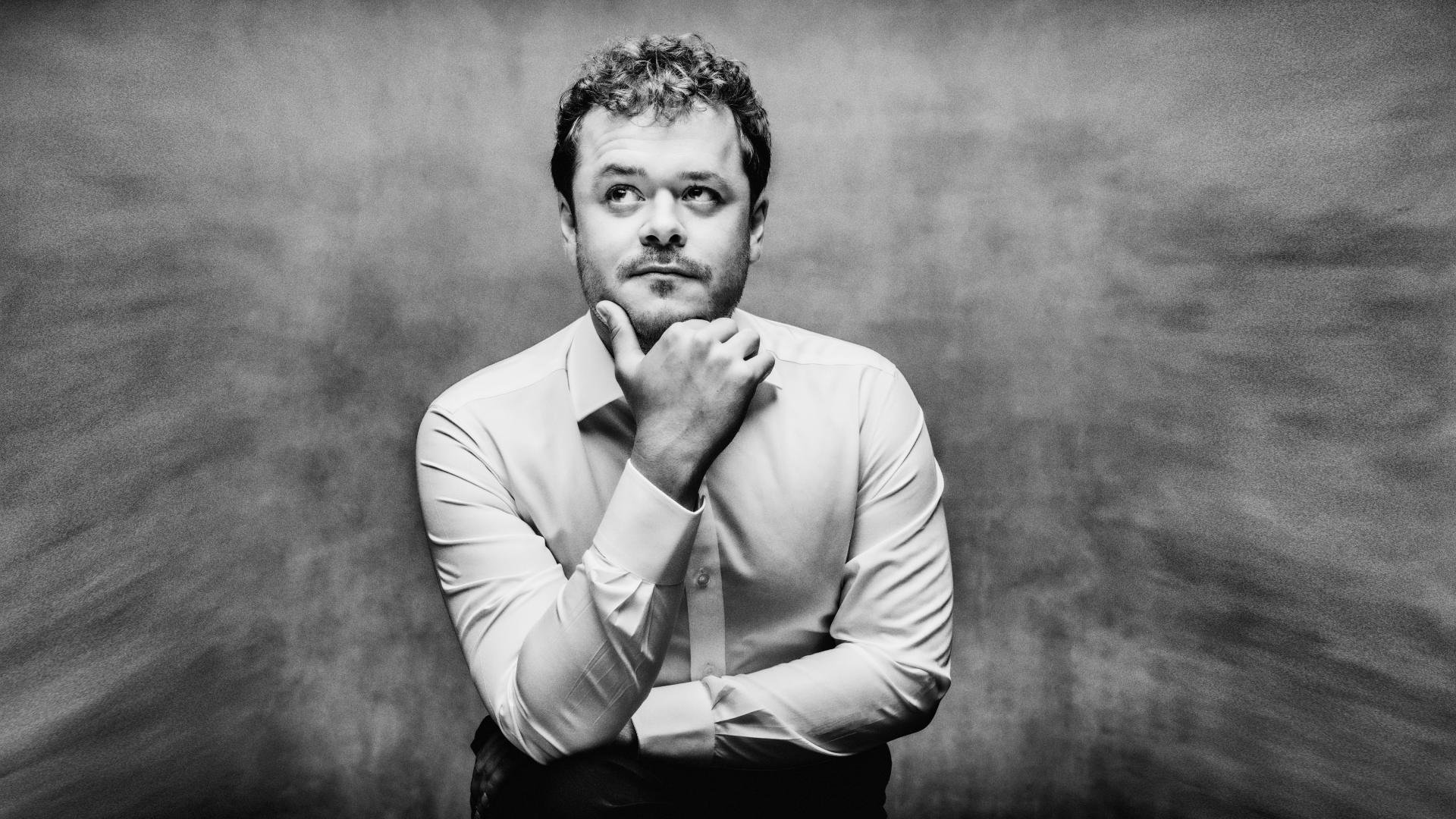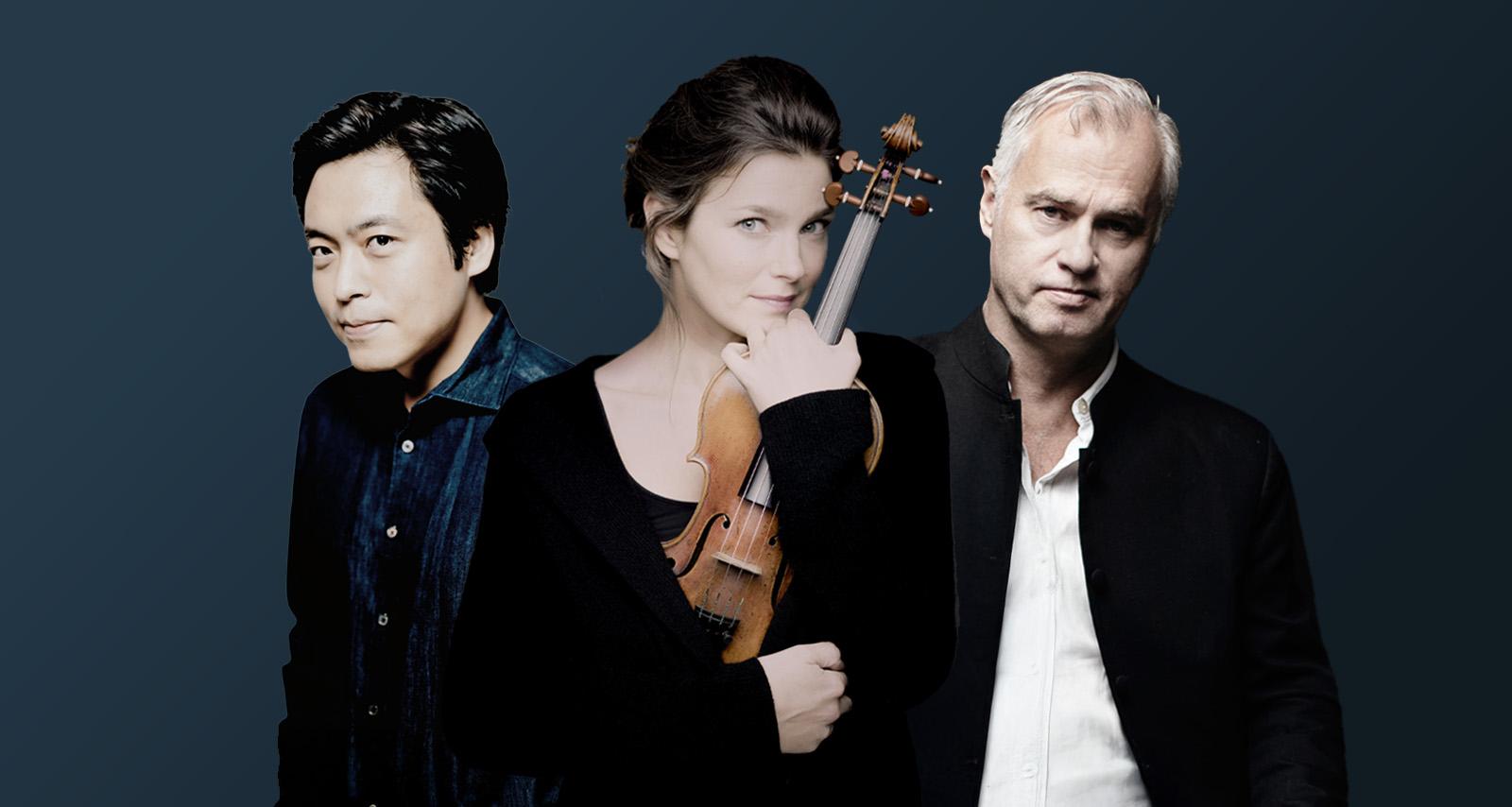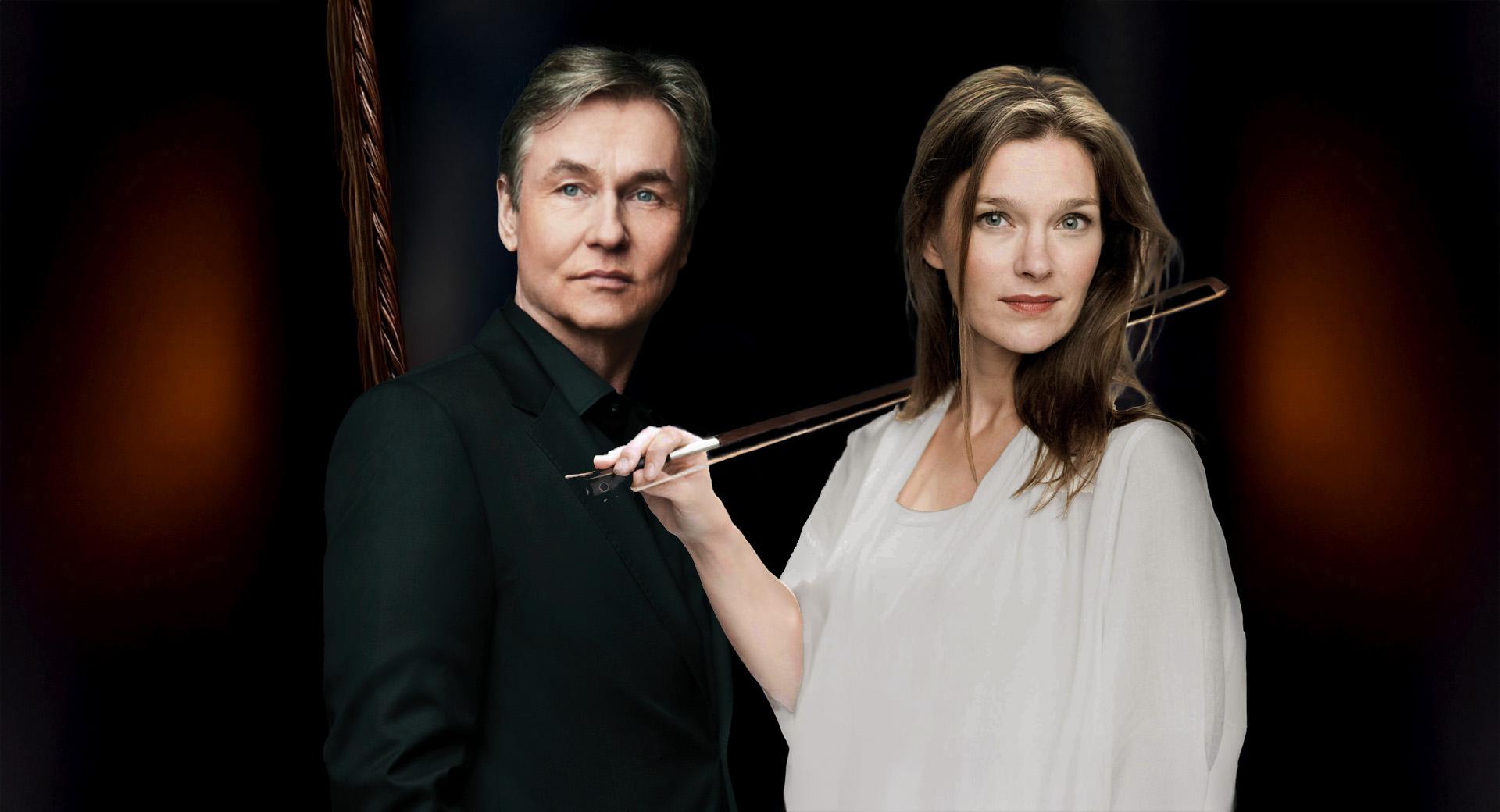Shostakovich’s magnificent Leningrad Symphony
This production is part of one or more concert series.
He has been called the new conducting wonder, Finnish Klaus Mäkelä, who will take up his position as the first guest conductor of the Swedish Radio Symphony Orchestra in September 2018. At the age of 21, he was the youngest ever conductor to be granted an extended contract with the orchestra. Of the three Shostakovich symphonies that Mäkelä will be conducting this season, number seven may well be the most dramatic. At least in terms of the history behind its composition.
The year is 1941. Leningrad is on fire, the city besieged by Nazi forces. In December, Dmitri Shostakovich puts the final touches to his Symphony No. 7. It is intended as a tribute to his native city, but its première in March the following year has to take place in the city of Kuybyshev (present-day Samara), on the banks of the Volga, to which Shostakovich and the other Leningrad residents have been evacuated. Over the following months, a microfilmed score is smuggled to the west and the symphony is also performed in London, New York and Massachusetts.
On August 9, 1942, it is finally time for the Leningrad première with an orchestra comprising 40-50 surviving musicians, who collapsed from exhaustion several times during the rehearsals. The concert has drawn a vast crowd, both inside and outside the the Grand Philharmonia Hall: the concert is broadcast over loudspeakers, and can also be heard by the German troops on the front. The music goes down in history as a symbol of the resistance to the oppression.
The Latvian composer Pēteris Vasks has also written music as an act of resistance. His early music refers to Latvia’s vulnerable position, located as it was between two superpowers. Until 1991, he used his music in the struggle for his country’s independence from the Soviet Union. But his heartfelt music is in equal part inspired by nature: “Nature is magical. I take go for walks in the forest and cannot imagine composing in a large city. Nature inhabits my soul.”
Like his Baltic colleague Arvo Pärt, Vasks’s music has gradually become more minimalist. He has abandoned the experimental and aggressive in favour of harmony, in both expression and content. Each piece has its meaning and as a conductor, Vasks wants to improve the balance of good and evil in the world. “I love music above all else, it forms the very core of my being. In my music, I primarily want to share my joy and my love, as well as the sense that harmony is possible – at least in music.”
Pēteris Vasks, who was the Stockholm New Music Festival’s main composer in 1996, has written choral works as well as orchestra and chamber music. Pater Noster from 1991 is composed for choir and string orchestra. Laudate Dominum was written in 2016, originally for choir and organ, but was soon rearranged for choir and orchestra as well.
Text: Anna Hedelius



